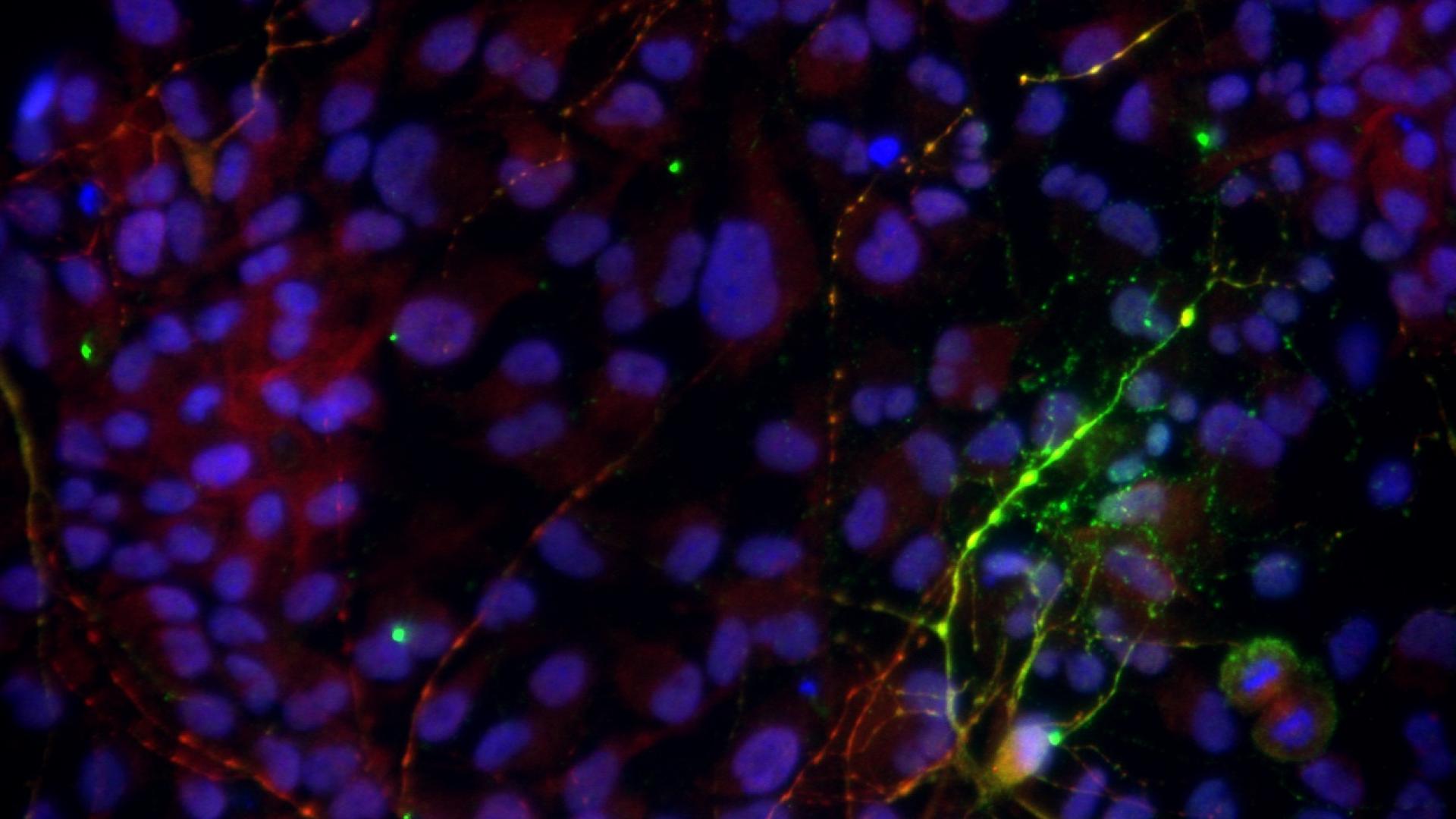Single Cell Profiling of Brain Tissue and Stem Cell Models of Tauopathy

About the Research Project
Program
Award Type
Standard
Award Amount
$300,000
Active Dates
July 01, 2021 - June 30, 2025
Grant ID
A2021021S
Goals
The goal of this project is to understand both the gene expression and cellular changes that lead up to the onset of tauopathy, as well as the changes that occur after the disease has already started. We will carry out single cell sequencing on forebrain organoids derived from MAPT mutation patient stem cells to identify cell-specific gene expression changes that occur very early in brain development prior to disease later in life. We will assay specific cellular phenotypes such as mitochondrial function and tau accumulation to assess the health and function of neurons in these models. We will also sequence human brain tissues with the same mutations to characterize gene expression changes occurring late in disease, and see how this compares with organoids.
Note: This grant has been transferred to the University of Edinburgh on September 1, 2022.
Summary
Progressive supranuclear palsy (PSP) and frontotemporal dementia (FTD) are age-related dementias associated with the accumulation of 4R Tau. PSP and FTD can be caused by specific mutations on the gene encoding for Tau, MAPT. Some of these mutations cause disease by increasing the proportion of 4R Tau being generated in the brain, therefore increasing the likelihood of its accumulation. However, the effect of increased 4R Tau on gene expression in different cell types in the brain has not yet been investigated. Furthermore, it is difficult to model PSP and FTD using induced pluripotent stem cells (iPSCs), as when these cells are differentiated into neurons, they do not express very much, if any, 4R Tau. We have developed a panel of iPSC lines that carry specific PSP/FTD mutations that increase 4R Tau expression, and have demonstrated that they do express more 4R Tau than existing iPSC lines. We propose to generate 3D forebrain organoids from these cells, and to conduct gene expression analyses on the bulk and single-cell level, as well as phenotyping assays, in order to identify early changes associated with 4R Tau and the development of disease. Next, we plan to carry out bulk and single-nuclei sequencing on brain tissues from individuals with the same MAPT mutations to validate these changes and thoroughly characterize the impact of 4R Tau accumulation in adult human brain, with the goal of identifying pathways that can be targeted for therapeutic development.
Unique and Innovative
We are using cutting edge sequencing and visualization technologies to study specific MAPT mutations that cause tauopathy by changing the tau 4R:3R ratio. These mutations have not been studied in cell culture systems before. By using these mutations, we will be able to increase the expression of 4R tau in vitro, which is usually high in human brain but low in cell culture neurons. This will also be the first investigation of gene expression changes in human brain tissue from carriers of these specific mutations, and we will generate data from multiple individuals across several brain regions.
Foreseeable Benefits
Once this study is complete, we will have identified novel mechanisms and pathways that lead to the development of tauopathy, which can therefore be therapeutically targeted for intervention prior to disease onset or neurodegeneration. We will be generating a rich and detailed dataset from both organoid models and human brain tissue that will be made publicly available for other researchers to access and analyze, which will further our understanding of how MAPT mutations cause tauopathy, and consequently the discovery and development of new treatments.
Related Grants
Alzheimer's Disease Research
Determining the Cellular Impacts of ABCA7 Mutations in Alzheimer’s Disease
Active Dates
July 01, 2025 - June 30, 2027

Principal Investigator
Sarah Heuer, PhD
Current Organization
Brigham and Women's Hospital
Alzheimer's Disease Research
A New Look at Genetics Using Old Data: Alzheimer's Progression
Active Dates
July 01, 2025 - June 30, 2028

Principal Investigator
John Hardy, PhD, FRS
Current Organization
University College London
Alzheimer's Disease Research
PLCG2 Variants and Their Implications in Alzheimer's Disease
Active Dates
July 01, 2025 - June 30, 2028

Principal Investigator
Hongjun Fu, PhD
Current Organization
The Ohio State University




